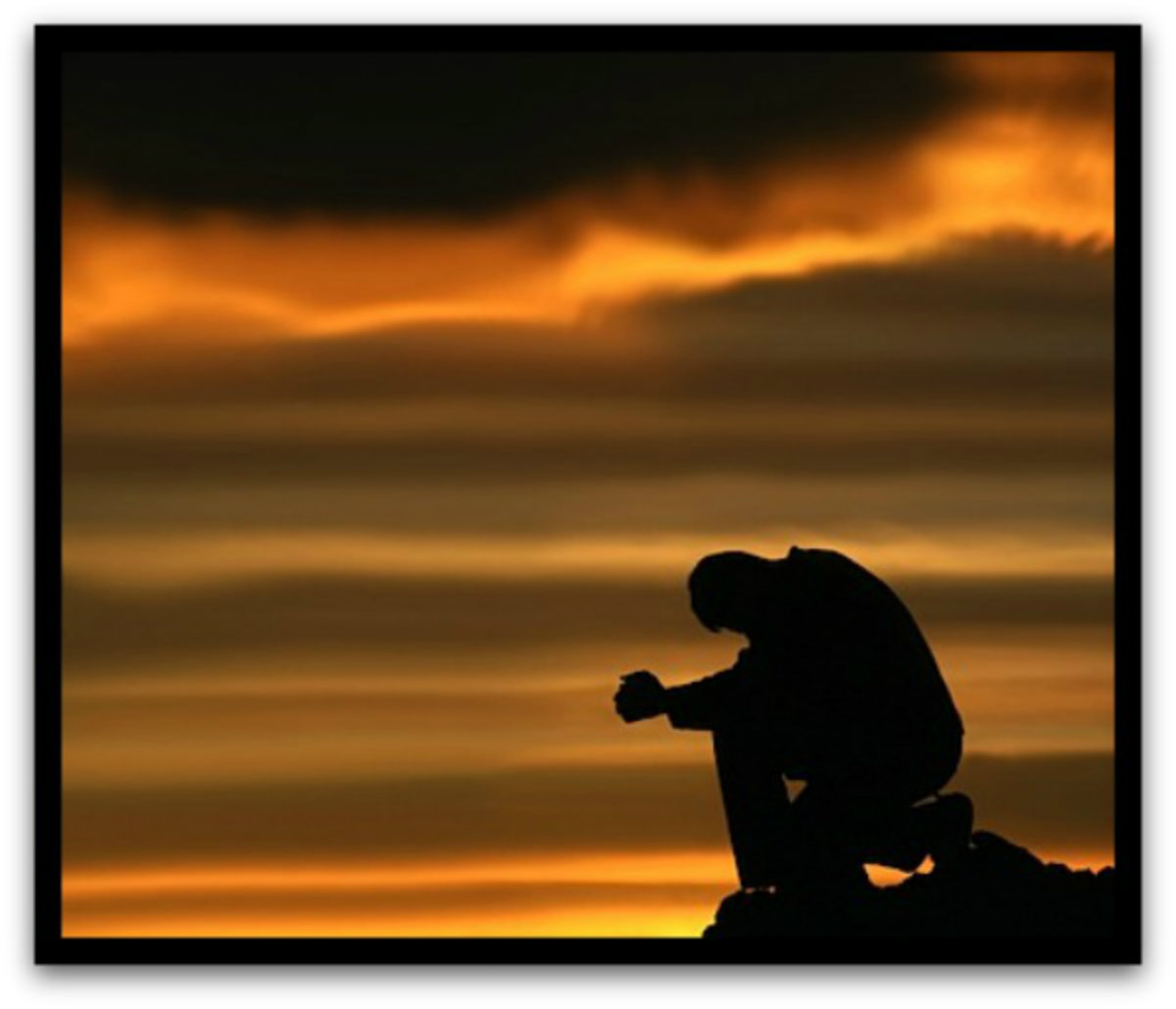82 years ago today.
On December 7, 1941, an event occurred which was horrific in itself, but one that also sealed the fate of the United States to war with Japan.
That sleepy Sunday morning, the attack began as Hawaiians and U.S. military personnel were waking, or were jolted from sleep. The air attack began at 7:48 a.m. Hawaiian Time. As Wikipedia reports it,
Men aboard U.S. ships awoke to the sounds of alarms, bombs exploding, and gunfire, prompting bleary-eyed men to dress as they ran to General Quarters stations. (The famous message, “Air raid Pearl Harbor. This is not drill.”, was sent from the headquarters of Patrol Wing Two, the first senior Hawaiian command to respond.)
The defenders were very unprepared. Ammunition lockers were locked, aircraft parked wingtip to wingtip in the open to prevent sabotage, guns unmanned (none of the Navy’s 5″/38s, only a quarter of its machine guns, and only four of 31 Army batteries got in action).
Despite this low alert status, many American military personnel responded effectively during the attack. Ensign Joe Taussig Jr., aboard Nevada, commanded the ship’s antiaircraft guns and was severely wounded, but continued to be on post. Lt. Commander F. J. Thomas commanded Nevada in the captain’s absence and got her under way until the ship was grounded at 9:10 a.m.
One of the destroyers, USS Aylwin, got underway with only four officers aboard, all ensigns, none with more than a year’s sea duty; she operated at sea for 36 hours before her commanding officer managed to get back aboard.
Captain Mervyn Bennion, commanding West Virginia, led his men until he was cut down by fragments from a bomb which hit Tennessee, moored alongside.
 The attack lasted 90 minutes. Two waves of Japanese aircraft – 353 in all – did their deadly work in such a short time.
The attack lasted 90 minutes. Two waves of Japanese aircraft – 353 in all – did their deadly work in such a short time.
2,008 sailors were killed and 710 others wounded; 218 soldiers and airmen (who were part of the Army until the independent U.S. Air Force was formed in 1947) were killed and 364 wounded; 109 marines were killed and 69 wounded; and 68 civilians were killed and 35 wounded. In total, 2,403 Americans died and 1,178 were wounded. Eighteen ships were sunk or run aground, including five battleships. All of the Americans killed or wounded during the attack were non-combatants, given the fact there was no state of war when the attack occurred.
It is said that a third wave of aircraft were ready to mount another attack, but Admiral Nagumo decided against it because he felt that enough damage had been done, and did not want to risk loss of any more Japanese aircraft. If that third wave had been mounted – primarily to destroy fuel depots – the Pacific Fleet would have been much more seriously damaged, both from direct loss of additional craft, and horrific fire and explosions of fuel repositories.
Aftermath of the attack:
BATTLESHIPS
Arizona (Kidd’s flagship): hit by four armor-piercing bombs, exploded; total loss. 1,177 dead.
Oklahoma: hit by five torpedoes, capsized; total loss. 429 dead. Refloated November 1943; capsized and lost while under tow to the mainland May 1947.
West Virginia: hit by two bombs, seven torpedoes, sunk; returned to service July 1944. 106 dead.
California: hit by two bombs, two torpedoes, sunk; returned to service January 1944. 100 dead.
Nevada: hit by six bombs, one torpedo, beached; returned to service October 1942. 60 dead.
Tennessee: hit by two bombs; returned to service February 1942. 5 dead.
Maryland: hit by two bombs; returned to service February 1942. 4 dead (including floatplane pilot shot down).
Pennsylvania (Kimmel’s flagship): in dry dock with Cassin and Downes, hit by one bomb, debris from USS Cassin; remained in service. 9 dead.
EX-BATTLESHIP (target/AA training ship)
Utah: hit by two torpedoes, capsized; total loss. 64 dead.
CRUISERS
Helena: hit by one torpedo; returned to service January 1942. 20 dead.
Raleigh: hit by one torpedo; returned to service February 1942.
Honolulu: Near miss, light damage; remained in service.
DESTROYERS
Cassin: in drydock with Downes and Pennsylvania, hit by one bomb, burned; returned to service February 1944.
Downes: in drydock with Cassin and Pennsylvania, caught fire from Cassin, burned; returned to service November 1943.
Shaw: hit by three bombs; returned to service June 1942.
AUXILIARIES
Oglala (minelayer): Damaged by torpedo hit on Helena, capsized; returned to service (as engine-repair ship) February 1944.
Vestal (repair ship): hit by two bombs, blast and fire from Arizona, beached; returned to service by August 1942.
Curtiss (seaplane tender): hit by one bomb, one crashed Japanese aircraft; returned to service January 1942. 19 dead.
In the wake of the attack, 15 Medals of Honor, 51 Navy Crosses, 53 Silver Stars, four Navy and Marine Corps Medals, one Distinguished Flying Cross, four Distinguished Service Crosses, one Distinguished Service Medal, and three Bronze Star Medals were awarded to the American servicemen who distinguished themselves in combat at Pearl Harbor. Additionally, a special military award, the Pearl Harbor Commemorative Medal, was later authorized for all military veterans of the attack.
The day after the attack, Roosevelt delivered his famous Infamy Speech to a Joint Session of Congress, calling for a formal declaration of war on the Empire of Japan. Congress obliged his request less than an hour later. On December 11, Germany and Italy, honoring their commitments under the Tripartite Pact, declared war on the United States. The pact was an earlier agreement between Germany, Italy and Japan which had the principal objective of limiting U.S. intervention in any conflicts involving the three nations. Congress issued a declaration of war against Germany and Italy later that same day. The UK actually declared war on Japan nine hours before the U.S. did, partially due to Japanese attacks on Malaya, Singapore and Hong Kong, and partially due to Winston Churchill’s promise to declare war “within the hour” of a Japanese attack on the United States.





Medal of Honor recipients for Pearl Harbor attack, Dec. 7, 1941 — Part III
By Devon Hubbard Sorlie, Naval History and Heritage Command, Communication and Outreach Division – December 7, 2015
Editor’s note: This is the final part of a three part series blog featuring John Finn and other Medal of Honor recipients following the Dec. 7, 1941 attacks on Pearl Harbor. Click here to read Part I and Part II of this blog series.
On Sept. 15, 1942, Chief Aviation Ordnanceman John Finn received the first Medal of Honor for World War II, the only combat Medal of Honor out of the 15 medal recipients from the Pearl Harbor attack. The rest were for rescue attempts. Of the 15, 10 received their medals posthumously.
https://www.doncio.navy.mil/chips/ArticleDetails.aspx?ID=7187
LikeLiked by 3 people
My father was supposed to be on the Arizona, but because of a promotion that came in for him, his orders were changed and he was sent back to the states just before this happened.
LikeLiked by 1 person
I’ll bet he was relieved!
LikeLiked by 2 people
You know, when he talked about it, I got the feeling he felt somewhat guilty about the guy who took his place and was killed.
LikeLiked by 1 person
I can understand that too.
LikeLiked by 1 person